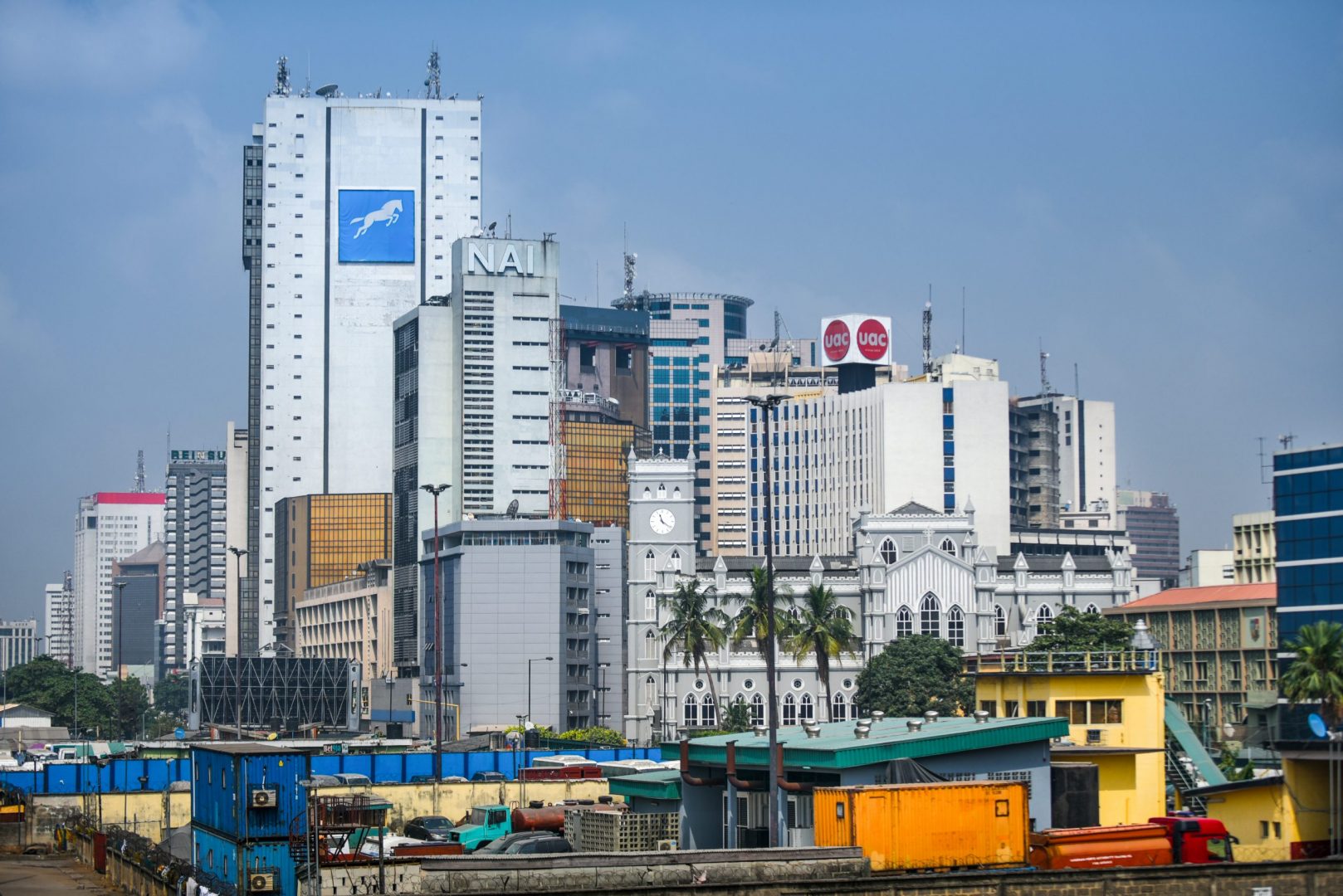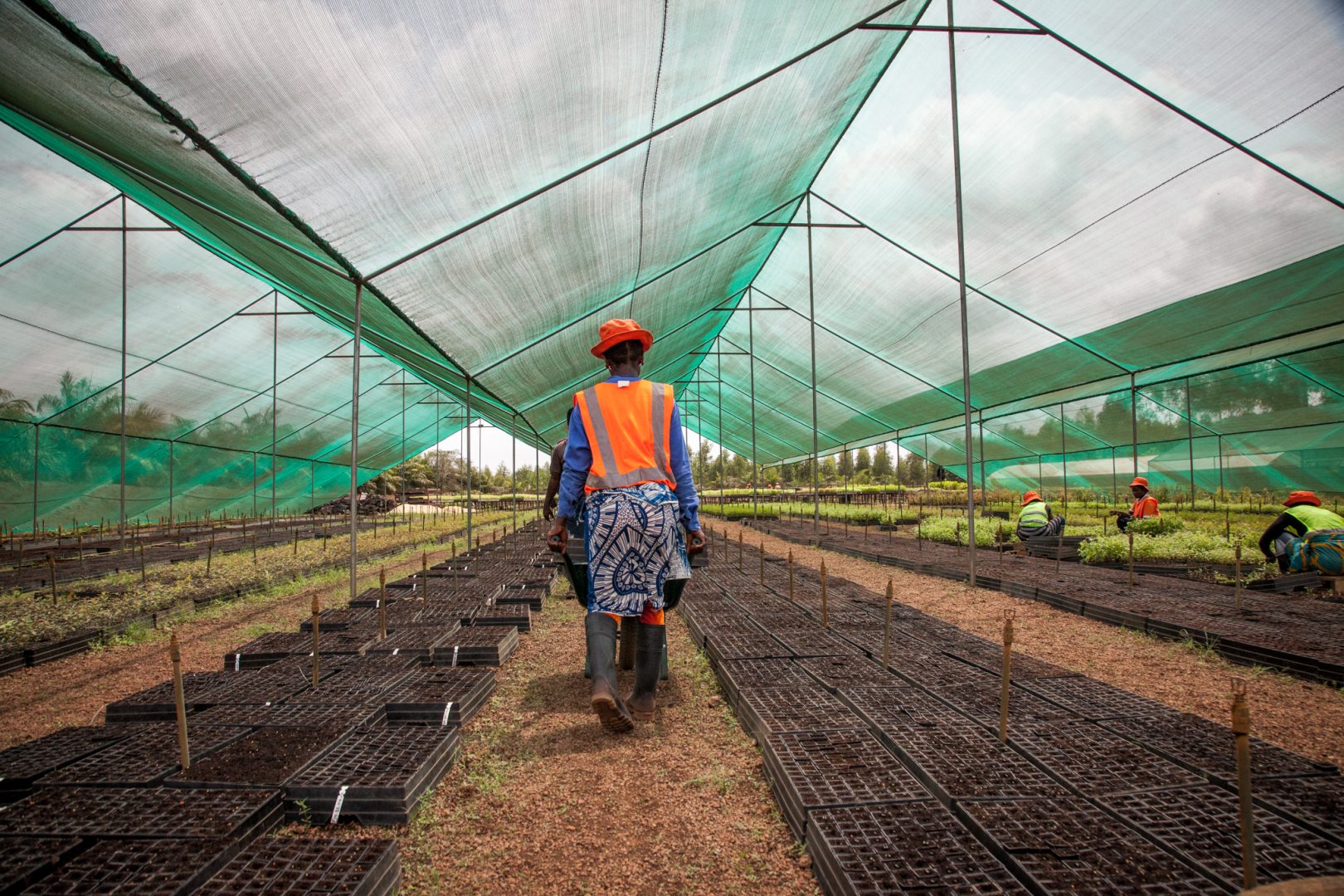Over recent decades the world has made great progress in reducing extreme poverty, but in some regions of the world the number of people living in extreme poverty is still rising. How could that trend be reversed?
We’ve published a paper that examines the relationship between investment and the rate of poverty reduction. It shows that higher rates of private investment are associated with faster poverty reduction. It also shows that investment is a more powerful predictor of poverty reduction than two other factors: increases in the prices of primary commodities (from which many lower-income countries derive income) and improvements in ‘institutional quality’.
The relationship is such that if Kenya’s investment rate were to rise to equal that of Bangladesh, one would predict a halving of the gap between their poverty rates within two decades (this is shown in the chart below).

We established through the paper that there is a simple statistical association between investment and poverty in the data, which suggests an elasticity of roughly 2. That means that when the rate of capital accumulation rises by 1 per cent, the rate of poverty reduction might be expected to increase by 2 per cent.
What does this mean for Kenya? These numbers suggest that raising the level of investment in Kenya by $10,000 might be expected to lift one additional person out of extreme poverty that year.
The paper finds that there is a particularly strong relationship between investment and poverty reduction when poverty levels are initially high. It also shows that sustained episodes of major poverty reduction are disproportionately associated with elevated levels of investment.
These results are not too surprising. We know from many studies that poverty can be expected to fall when the overall economy grows and we also know that investment is often associated with economic growth. But economic growth is by no means completely explained by private investment, and in principle it was possible that poverty reduction happens more when economic growth is not led by private investment.
It should be stressed that other considerations, such as any change in inequality in a country, will affect this relationship between investment and poverty reduction, so it won’t be stable over time or place. We should also be cautious interpreting statistical associations as implying the presence of a simple causal link from investment to poverty reduction. The process of development is complicated, and many things happen at once in a country when poverty falls.
Nonetheless, we know that poverty can only fall when national income grows or it is distributed more equitably and that although investment is not necessary for growth, few would argue with the idea that investment is instrumental in growth.
These empirical facts are useful background evidence for forming an expectation of the impact of development finance institutions’ investments on poverty. Further analysis could help establish how DFIs’ investments affect overall investment in an economy.
The results don’t tell us that every investment is a good investment, as far as CDC is concerned, because we can expect poverty to fall faster as a result. Instead, they give us an indication of the expected impact of an average private sector investment. And as a mission-driven investor, we know we need to achieve greater impact than the average private investor.







